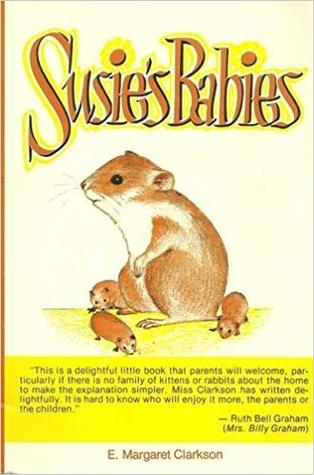One of the things I had to decide just before my novel Lost on the Prairie went to the printer was whose name would be on the dedication page of the book. There are so many people whose help, affirmation, advice and support made it possible for me to have my novel published. But there was one person I knew deserved the most thanks and that was my mother.

Mom always believed in me as a writer. When I was ten and had my very first story published in the local newspaper she framed it. When I got a job as a columnist for a regional newspaper in 1985 she cut my article out of the paper every single week. She saved all my columns in albums for decades. She was always ready to pitch in with childcare and meal preparation when I needed a little extra time to finish a writing project.
She read everything I wrote and during the many years she and I went for regular early morning walks in Steinbach she encouraged me as I described new writing assignments for magazines, journals, curriculum developers and anthologies.
When I went to visit her in the hospital the last couple of years of her life she would tell the nursing staff, “My daughter is a writer.”
In the acknowledgements at the end of my book I am able to thank the many people who helped me along the way- the members of my writers’ group who were such helpful critics, my husband Dave who organized an amazing research trip for the book, members of my family and friends who supported me, my cultural advisors from the Sisseton Wahpeton First Nation, Deborah Froese who was my first editor and the wonderful staff at Heritage House my publisher.

I am so grateful to all of them but it was my Mom who was my number one cheerleader in every area of my life. I fully realize that without her confidence and faith in me I wouldn’t have done a lot of things including getting my novel published.
My Mom died in 2013 and I regret she won’t be here to see my book for sale in bookstores or read it. But I know exactly what words she’d say if she was here, because I heard them so many times in my life- “I just knew you could do it MaryLou!”
My book is now ready for pre-order at McNally Robinson Bookstores in Winnipeg and Saskatoon. I’d love it if you gave them a call and reserved a copy so they will be sure to have enough on hand when the book comes out on May 28th.
You can also pre-order the book on Amazon and Indigo and it would be great if you did that too. It will help create some important ‘buzz’ for the book.





























































